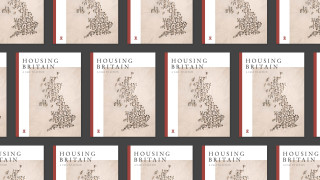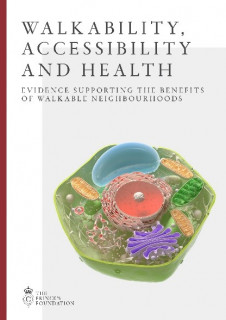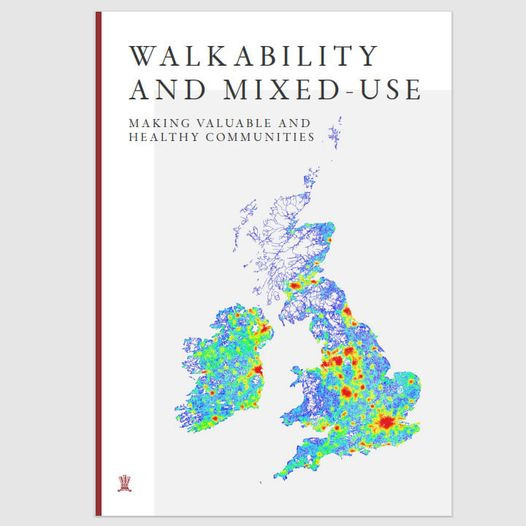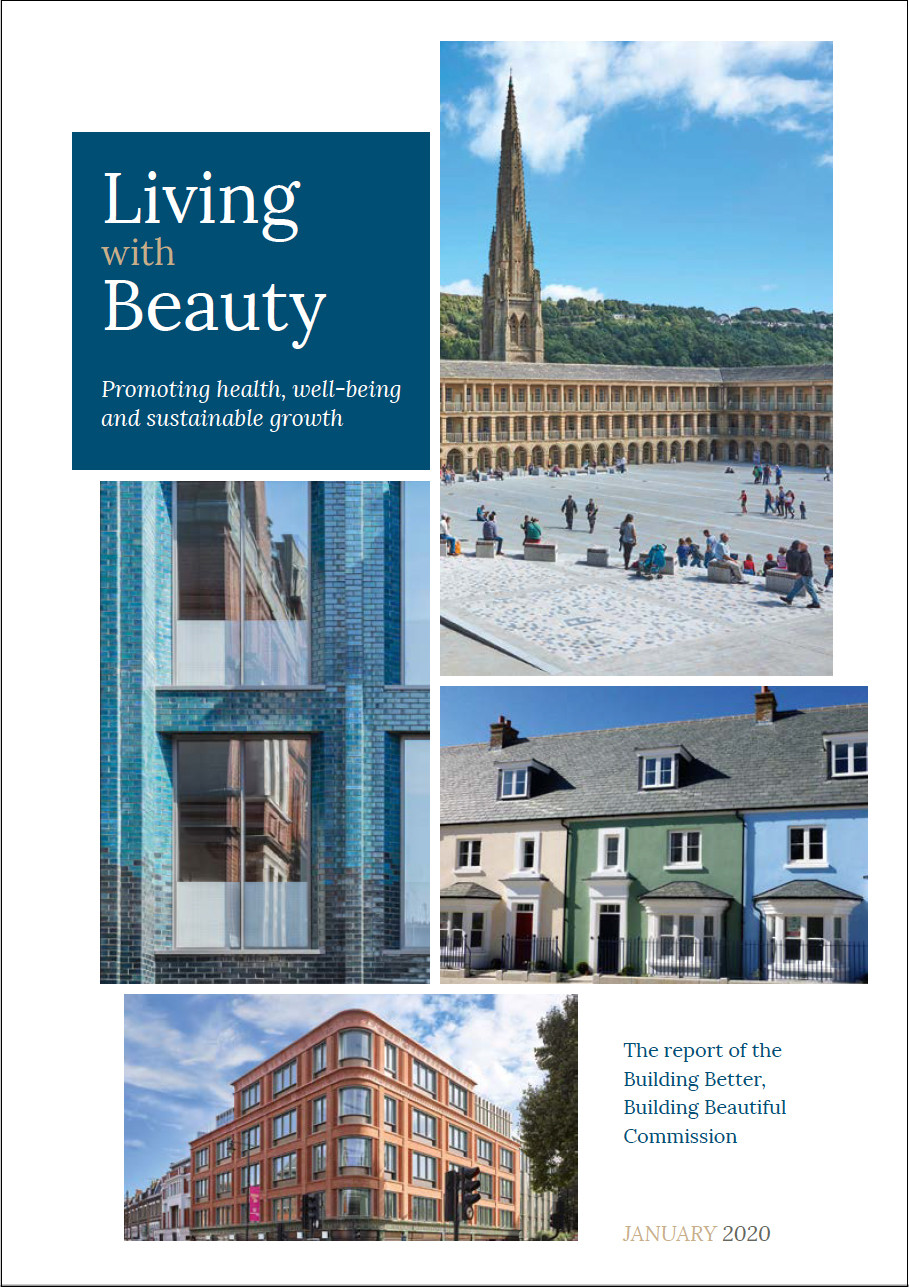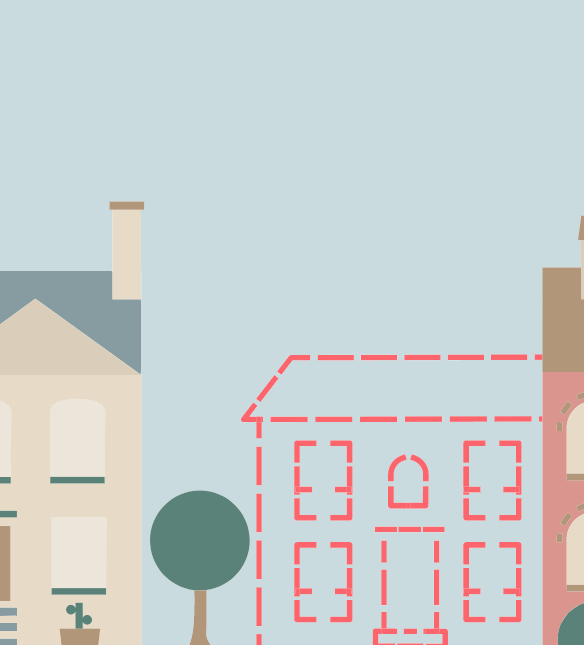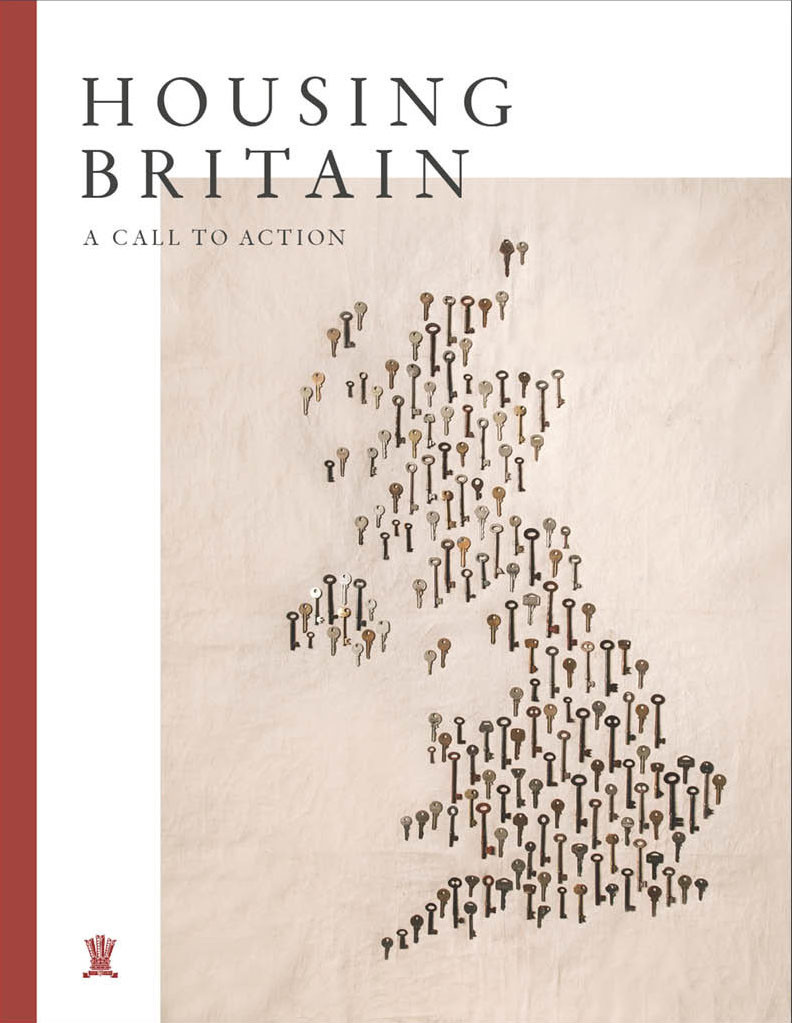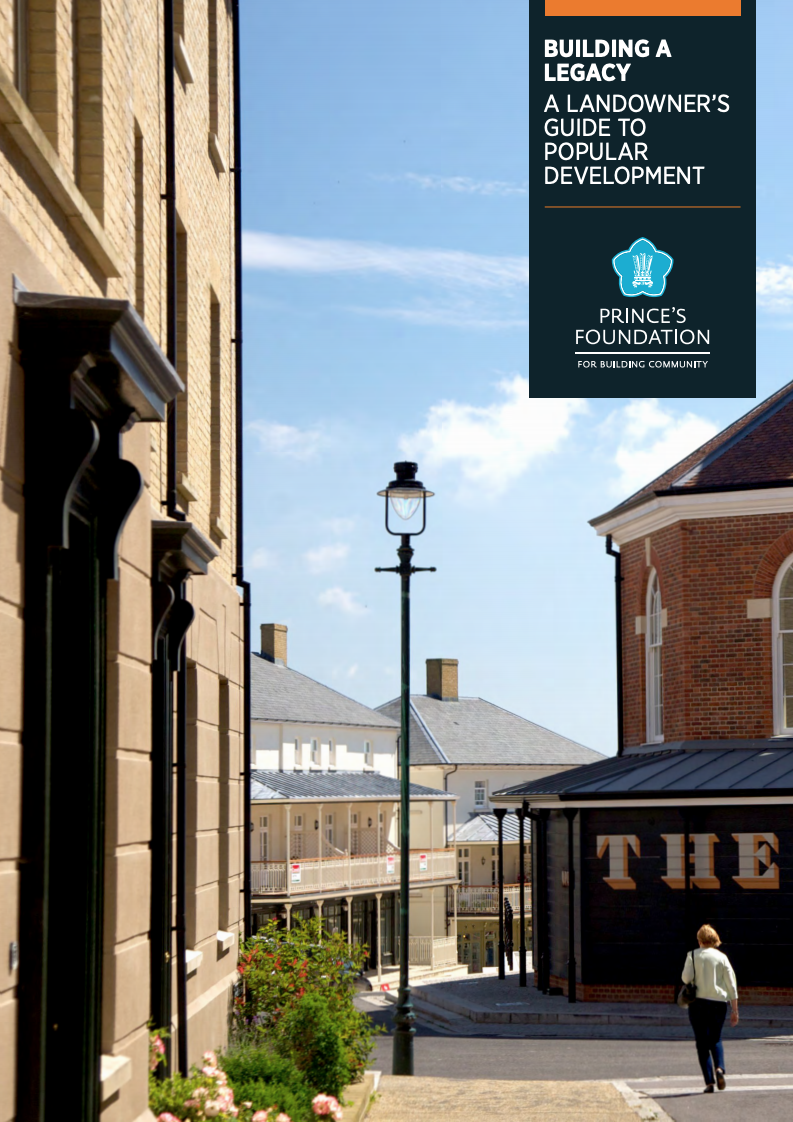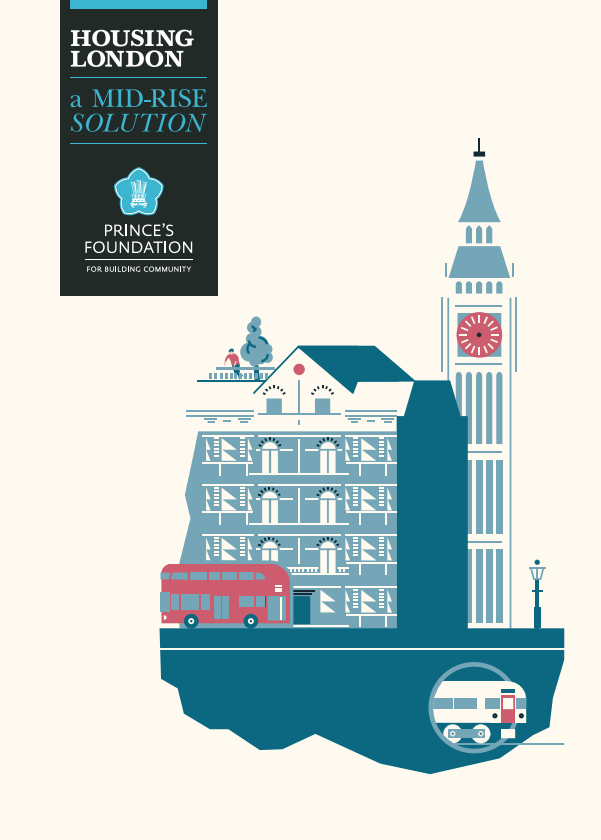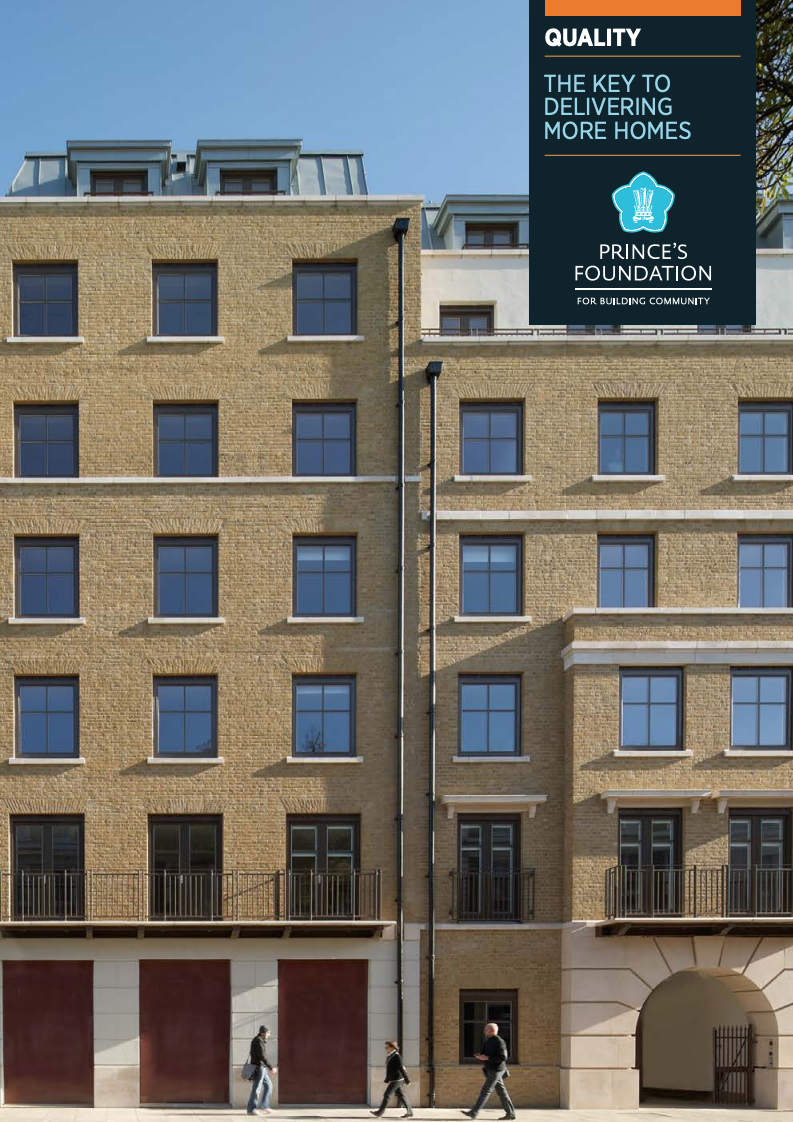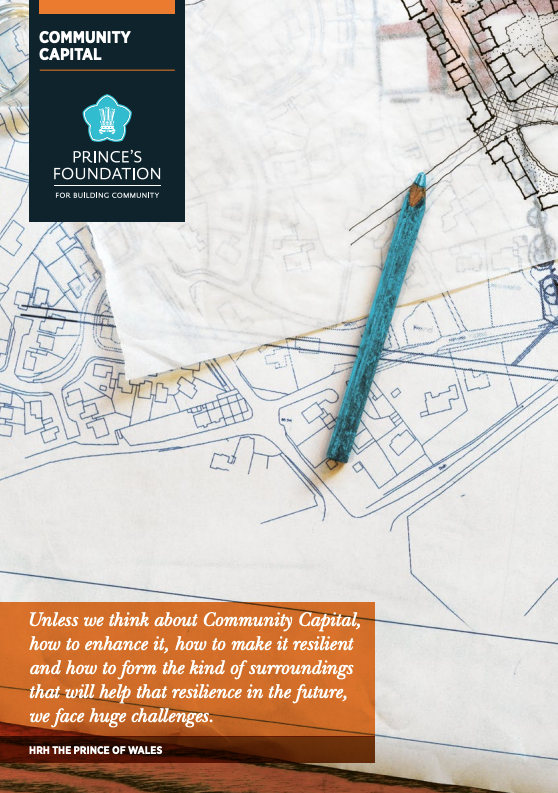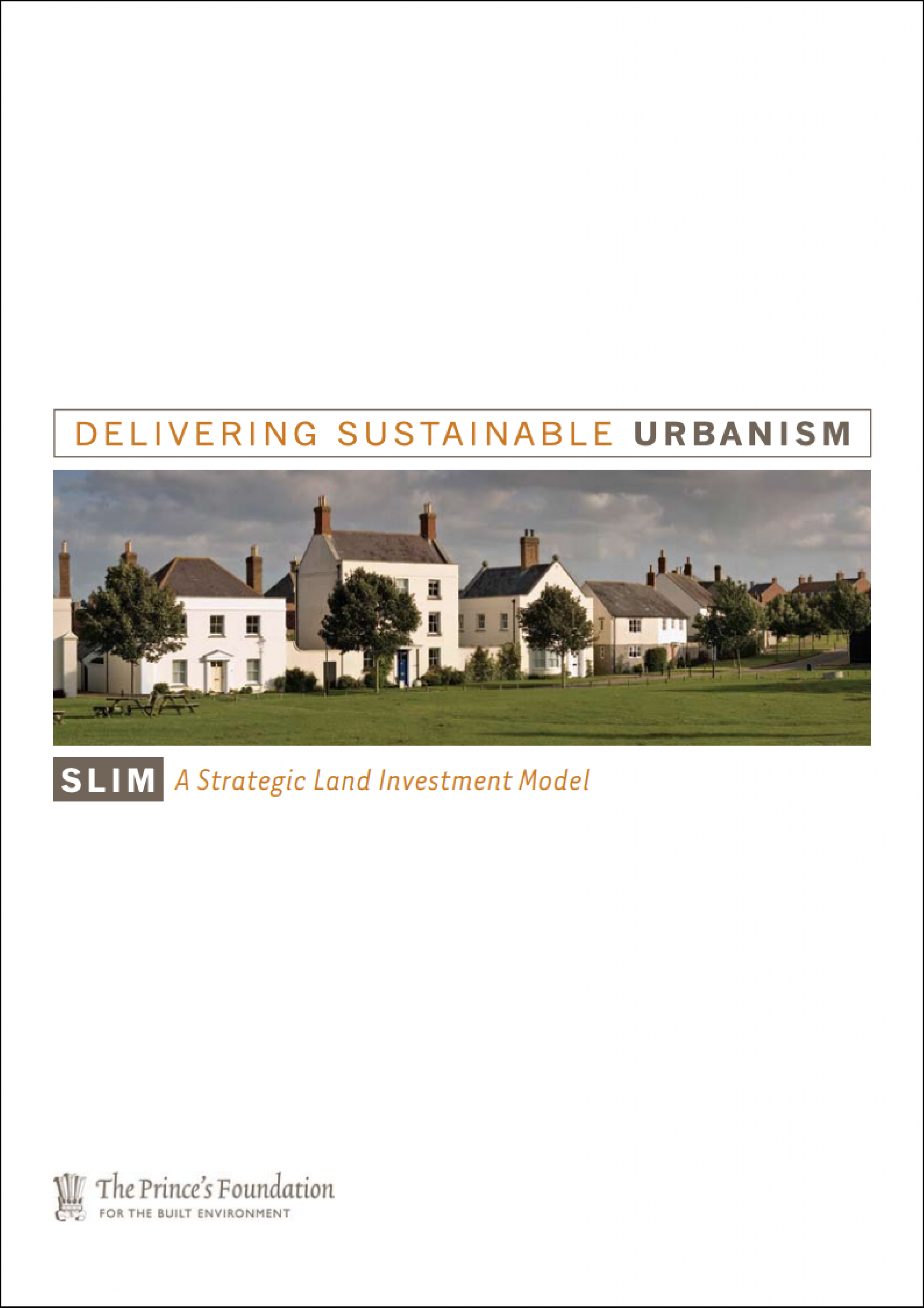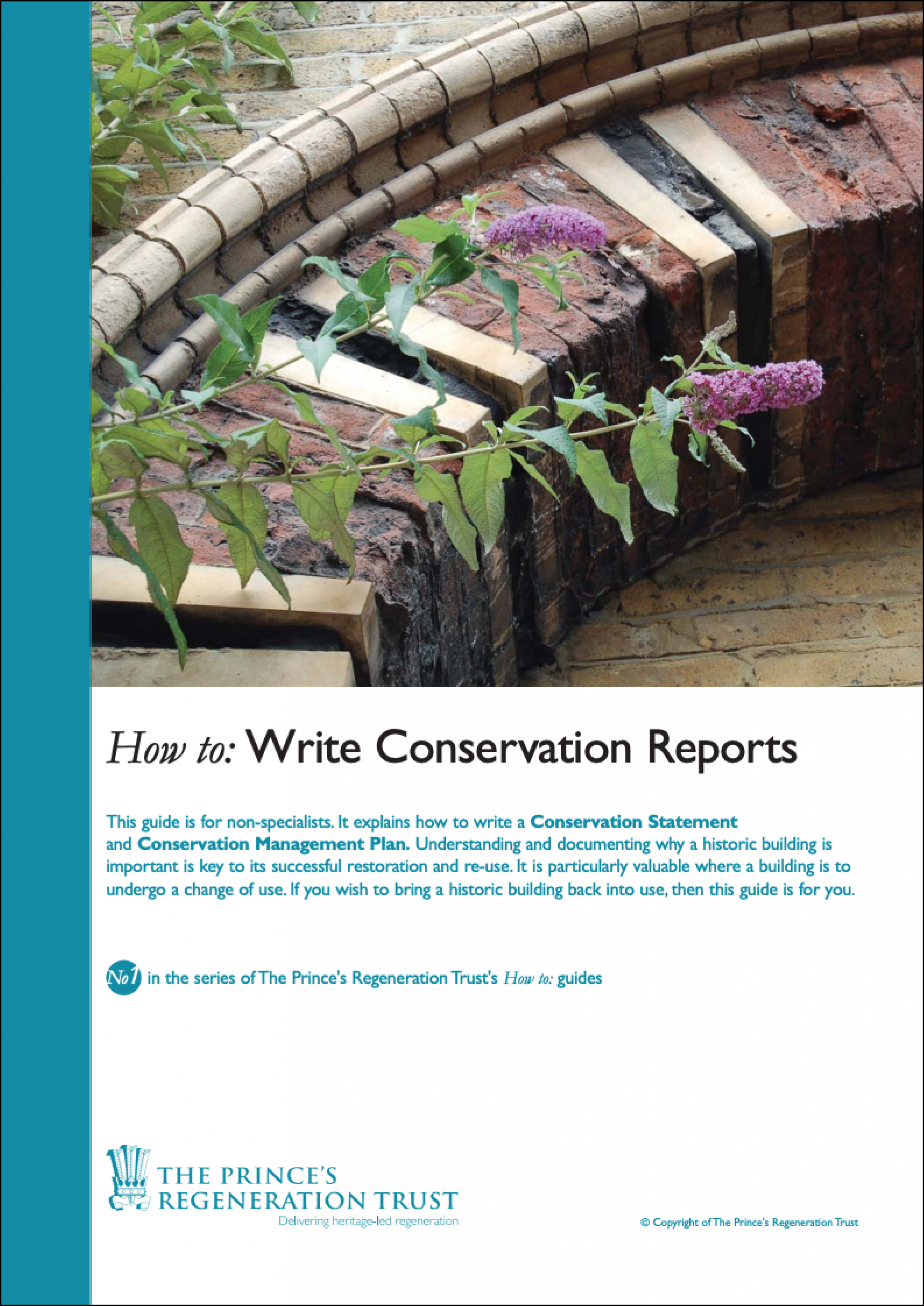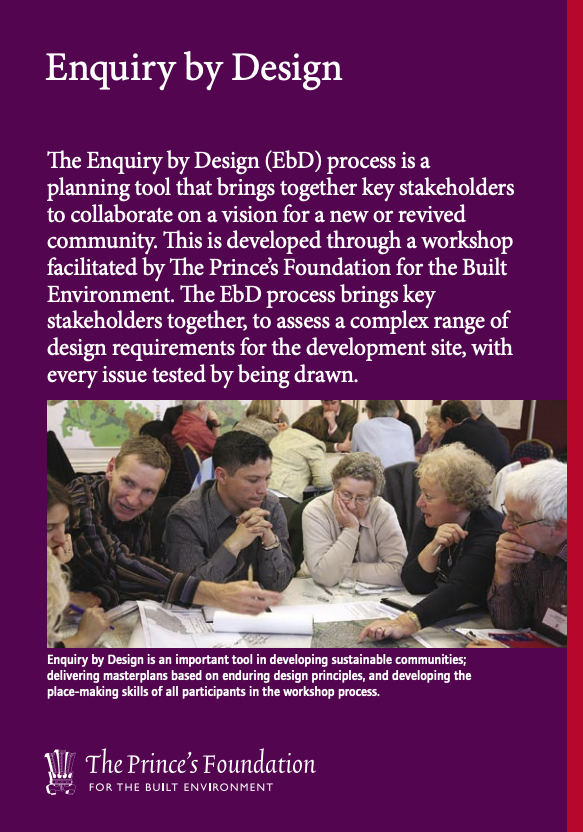Resources
The Prince’s Foundation publishes and champions research papers that relate to the charity’s key objectives and areas of interest. You can find these publications here where you can download as a PDF
The King’s Foundation Impact Report 2023/2024
On the occasion of our inaugural King’s Foundation Awards, we are delighted to share the charity’s Impact Report for 2023/4, detailing the positive impact of our work across the Foundation.
Highlights include:
- Over 280,000 in person visitors to our King’s Foundation sites, including Dumfries House, Highgrove Gardens and the Castle of Mey.
- Over 15,400 students benefitted from King’s Foundation education programmes.
- Over 5,200 students at the School of Traditional Arts both in the UK and internationally.
- Over 2,300 people supported at our Health and Wellbeing Centre, Dumfries House.
- 500 people referred from six local surgeries.
- Over 15,300 have benefitted since the Centre opened in 2015.

Visit the full Impact Report to find out more.
Planning with Nature report (2023)
For millennia, humans have planned their settlements in harmony with nature, respecting local contours, watercourses and climactic conditions. In the last century human settlements have effectively ‘designed out’ nature putting water into pipes and restricting trees to isolated squares and parks. This has not only removed urban populations from the natural world but created a lack of resilience in terms of overheating and flooding. As recently as 15 years ago there was very little research into the benefits of nature on human health and wellbeing but recently there has been an overwhelming amount of research confirming what we intuitively feel, which is that access to water, plants, trees and animals is good for our physical and mental health.
This year’s report Planning with Nature was launched in Newquay at the annual Building a Legacy conference with the keynote lecture and essay by Tony Juniper, Chair of Natural England and co-author of His Majesty King Charles’s book Harmony. Tony said, “Where we all live is one of the most important things to determine people’s wellbeing. This is not only about the individual dwellings which people inhabit, but also the health of the residential environments that so fundamentally shape how we feel. It is vital to draw attention to the positive synergies between nature and built developments.”
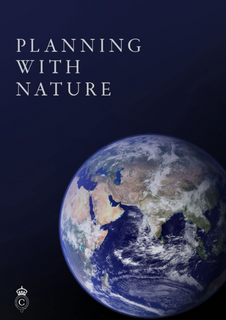
The Prince's Foundation Highlights 2022/23
The work of The Prince’s Foundation is inspired by HM The King’s philosophy of harmony: that by understanding the balance, order and relationships between ourselves and the natural world we can create a more sustainable future.
Throughout the pages of our 2022-23 Highlights, read about the work of the charity, from our headquarters at Dumfries House in East Ayrshire to locations across the UK and further afield.

Building Toward Net Zero Carbon Homes

Sark Community Engagement
In April 2023, The Prince’s Foundation visited the channel island of Sark to conduct a community engagement exercise. In consideration of a strategy for long-term stewardship for the island, The Prince’s Foundation were invited by the Seigneur of Sark, and appointed to engage with the community to conduct an early-stage assessment of the current situation.
Walkability & health report (2021)
‘We are designed for walking'...evidence shows that creating walkable, mixed-use neighbourhoods, that make us feel valued and safe, can improve our mental and physical health.
Walkability report(2020)
How “walkable” is your neighbourhood? Can residents walk to work, their children’s school, and to the nearest shops and amenities? What does that mean for their quality of life and the time they spend in the car or exercising in the outdoors?
Living with Beauty (2020)
Beauty-In-My-Back-Yard
The BIMBY Housing Manual is designed so that community groups can say to developers, ‘we welcome your investment in our community, but we want you to respect our place and build something beautiful that actually improves where we live!’
Housing Britain: A Call to Action (2019)
A 64-page publication which features a range of specially-commissioned articles articulated by a range of industry pioneers and thought-leaders addressing issues around housing in the UK.
The Value of Community (2019)
A joint report with the University College of Estate Management which reveals a direct link between housing type and social benefits.
Journal of Urbanism (2019)
A multi-disciplinary peer-reviewed academic journal that focuses on human settlement and its relationship to the idea of sustainability, social justice and cultural understanding. It is concerned with the relative impact of design on environmental perception, urban livability and the experience of space. Co-founded and is co-edited by Prof Emily Talen of the University of Chicago and Dr Matthew Hardy of The Prince's Foundation, and published by Taylor & Francis.
Building a Legacy, A landowner's guide to popular development (2016)
With a housing affordability crisis in the UK and pressure to build up to 300,000 homes a year, there is a real risk that the built legacy of this generation will be a country littered with soulless housing estates. With dwindling natural resources, and new carbon reduction targets to address climate change, there has never been a more urgent moment to think very carefully about what we are building so that we don’t burden future generations with short-sighted solutions. Getting the built fabric right is a way to unlock the natural, social and financial capital of an area. Getting it wrong will produce a negative impact on people’s lives for generations to come.
This report aimed at landowners shows the steps to producing popular development.
Housing London, a mid-rise solution (2014)
London is facing acute housing shortages of both quality and quantity which threaten the vitality of the city. The majority of new housing provision serves only those in the highest earning bracket, forcing many Londoners to live within a built environment that neither support their needs nor promotes their wellbeing. The UK’s capital city is becoming increasingly spatialised by housing affordability, with central London property prices rising exponentially over the past few years, pushing lower-income residents to the periphery of the city and emphasising the separation between the haves and the have-nots. The prospects for young people in London are increasingly compromised too, as young workers and families struggle to find footing on the housing ladder. While affordability problems threaten the vitality and vibrancy of London’s population, poor design quality does the same to London’s streets and neighbourhoods. Faceless residential towers and poorly conceived mega-schemes erode street life and undermine the creation of strong, harmonious and enduring communities and place London’s historic architectural and urban identity under increasing threat. How can we respond to this challenge?
This report positions the question of urban form and housing typology at the centre of the housing debate currently taking place.
Quality, the key to delivering more homes (2013)
Britain needs more homes, and we need to find a way to not only meet that demand, but to do so in a way that helps create beautiful, affordable and sustainable communities. For too long Britain’s housing need has not been met with appropriate consideration for these factors, fostering antipathy for new developments and hindering the acceptance and delivery of new homes. Through our Enquiry by Design (Ebd) process we have engaged with communities across the world, giving them a say in the planning process. The successful outcomes of these projects highlight the value of extensive community engagement, its direct relationship to the acceptance of new developments and their subsequent success in the marketplace.
This report presents evidence assembled by The Prince’s Foundation on three exemplar builds (Highbury Gardens, Islington, London; The Kingston Mills development, Bradford on Avon; and the Westoe Crown Village development in South Shields), demonstrating that sincere efforts to involve communities, while designing to a local context, can help developers attain planning approval and improve commercial viability.
Community Capital Matrix (2010)
Unless we think about Community Capital, how to enhance it, how to make it resilient and how to form the kind of surroundings that will help that resilience in the future, we face huge challenges.
This leaflet introduces The Prince’s Foundation’s Community Capital Matrix, which we use as a framework to assess the sustainability of all our developments.
Delivering Sustainable Urbanism, Strategic Land Investment Model (2009)
The collapse of the housing market in 2008-2010 exposed cracks in the larger economy and family budgets. The fact that shelter had become simultaneously the source of wealth and the source of debt for most families created a structural volatility in the economy from which it took years to recover. Property, seen for centuries as a long-term asset to be held as capital for the generation of income, was redefined as a commodity. Families, who had seen housing as shelter and security, suddenly saw it as an investment, and a boom and bust market for buy-to-let flats for investment purposes was the result, despite the lack of the same level of underlying demand for this type of accommodation in much of the UK.
This report proposes that it is time to think about another way forward.
How to: write conservation reports (2009)
This guide is for non-specialists. It explains how to write a Conservation Statement and Conservation Management Plan. Understanding and documenting why a historic building is important is key to its successful restoration and re-use. It is particularly valuable where a building is to undergo a change of use.
If you wish to bring a historic building back into use, then this guide is for you.
Enquiry by Design for Health, design briefing for hospitals (2008)
The first healthcare-focused Enquiry by Design (EbD) was held at Cherry Knowle in Sunderland at the end of 2003, for one of the five original participating Trusts (South of Tyne and Wearside). After the successful conclusion of the Cherry Knowle EbD, the Secretary of State for Health called for two further health EbDs to further test the viability and applicability of EbD in the NHS. In 2005-2006 EbDs were carried out at Sutton for the Merton, Sutton and Mid-Surrey NHS Better Healthcare Closer to Home programme, and at Alder Hey for the Royal Liverpool Children’s NHS Trust. This report summarises the lessons learnt from the three pilot EbDs, and puts forward guidance aimed at increasing public engagement, raising design aspirations, and informing Design Frameworks for healthcare projects.
The purpose of this document is to make available the learning from three pilot Enquiry by Design projects in order to inform and raise the quality of the Design Briefing Process for healthcare buildings in the future.
Valuing Sustainable Urbanism (2007)
Statistics inform us that the United Kingdom covers 94,526 sq miles (244,820 sq km), less than half the size of our nearest Eu neighbour France (at 211,209 sq miles) with whom we have broadly compatible population and GDP. With approximately 60 million inhabitants to accommodate at the new millennium, the British have for many years placed a necessary premium on our scarce land resource and, accordingly, have hotly debated the ways this land should be developed. We are fortunate that so many dedicated and enlightened politicians, professionals and passionate activists have, through the years, doing what they can in design, planning and policy to preserve the country from despoliation through overdevelopment; in current estimation, something like 12% of the UK land mass is identified as developed. Many imagine the figure must be higher; in a recent CPRE poll, a cross-section of population questioned had the idea that over 50% of our surface area was urbanised. Some argue that our success in protecting the landscape leaves us room now to sprawl as if the husbandry of past generations can all be spent in this one.
This report contains the results of research undertaken by Savills Research in the second half of 2006. The research was designed to do two things; first, to define and then to measure the physical characteristics of sustainable urbanism. Second, to look at the economic characteristics of sustainable urbanism in terms of present total development value and to identify any differences in other forms of value generation and residential value growth between it and other forms of urbanism.
Enquiry by Design (2007)
Enquiry by Design (EbD) is an important tool in developing sustainable communities; delivering masterplans based on enduring design principles, and developing the place-making skills of all participants in the workshop process. It is developed through a workshop facilitated by The Prince’s Foundation for the Built Environment. The EbD process brings key stakeholders together, to assess a complex range of design requirements for the development site, with every issue tested by being drawn.
This leaflet introduces the EbD process in general terms and explains how an EbD works, who is involved, and how the process allows everyone a say in the future of their neighbourhood or town.
The Prince's Foundation Gender Pay Gap Report
The Prince’s Foundation is committed to fairness, equality and inclusion and to reducing our gender pay gap.


